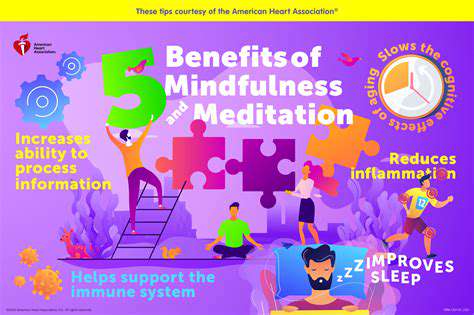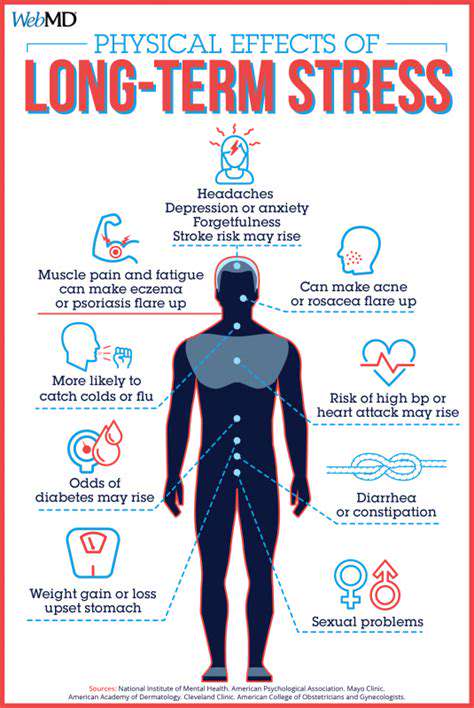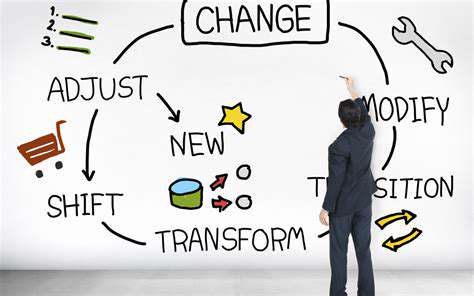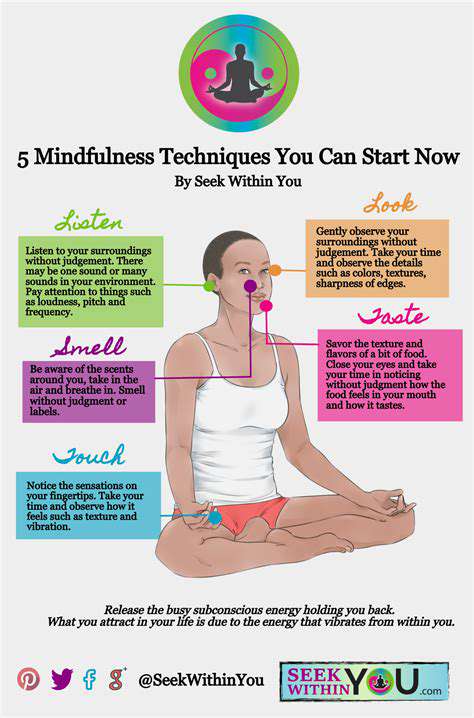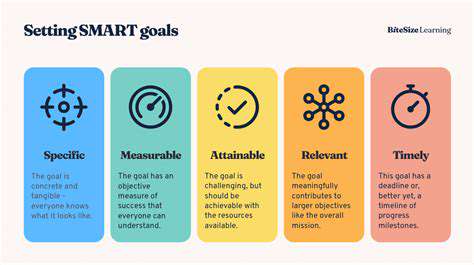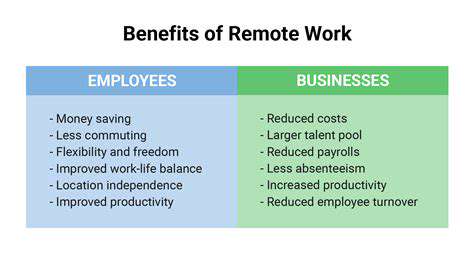Achieving Optimal Work Life Balance: Tips for Modern Professionals
Defining Work-Life Balance
Understanding the Concept of Work-Life Balance
Work-life balance refers to the equilibrium between the demands of one’s job and the responsibilities of personal life. It involves striking a harmonious state that allows individuals to pursue their professional goals while also fulfilling personal commitments and enjoy leisure activities.
Achieving work-life balance is essential for mental and physical health, as excessive work can lead to burnout, stress, and other health issues. Conversely, disregarding work responsibilities can affect career growth and financial stability.
Ultimately, the goal of work-life balance is to create a fulfilling lifestyle where individuals can achieve their ambitions without sacrificing their personal well-being or relationships.
Benefits of a Healthy Work-Life Balance
Maintaining a healthy work-life balance offers numerous benefits, both personally and professionally. One of the most significant advantages is improved mental health; individuals who balance work and life tend to report lower stress levels and higher job satisfaction.
Moreover, a good work-life balance can lead to increased productivity. When employees feel that they have time for both work and personal interests, they are often more focused and motivated during work hours.
Additionally, better work-life balance can enhance personal relationships, allowing time for family, friends, and hobbies, which are essential for emotional support and overall happiness.
Strategies to Achieve Work-Life Balance
Several strategies can help individuals achieve a better work-life balance. One effective method is setting boundaries; for example, designating specific work hours and sticking to them can help to separate professional and personal life.
Another important strategy is to prioritize tasks effectively. Utilizing task management tools or techniques like the Eisenhower Box can assist in identifying urgent versus important tasks, allowing for more efficient time management.
Lastly, it’s crucial to make time for self-care. Engaging in regular physical activity, hobbies, and relaxation techniques can boost one’s overall well-being and better equip individuals to handle work pressures.
The Importance of Work-Life Balance
The Impact of Work-Life Balance on Mental Health
Achieving a healthy work-life balance is crucial for maintaining mental well-being. When individuals feel overwhelmed by their professional obligations, it can lead to increased stress, anxiety, and burnout. Recognizing the signs of an imbalanced lifestyle is the first step towards making necessary adjustments.
Research has shown that workers who prioritize their personal lives alongside their careers tend to exhibit higher levels of job satisfaction and lower levels of depression. This is primarily because they are able to engage in activities that bring them joy and relaxation, allowing them to recharge their mental batteries.
Moreover, fostering strong personal relationships outside of work can provide essential support during challenging times. Having a robust social network contributes positively to mental health, creating a buffer against the pressures of professional life.
Practical Strategies for Maintaining Work-Life Balance
Implementing tangible strategies is key to achieving and maintaining work-life balance. One effective approach is to set clear boundaries between work and personal time. This can involve designating specific hours during which work-related tasks are off-limits, allowing for uninterrupted personal time.
Another practical strategy is to embrace the concept of time management. Utilizing tools such as planners, digital calendars, or productivity apps can help professionals organize their tasks efficiently, ensuring that work obligations don't encroach on personal time.
Lastly, engaging in regular self-care practices can significantly enhance work-life balance. This can include activities like exercise, meditation, or hobbies that foster relaxation and enjoyment. Prioritizing self-care not only improves individual well-being but can also enhance productivity and focus when returning to work tasks.
Tips for Achieving Work-Life Balance
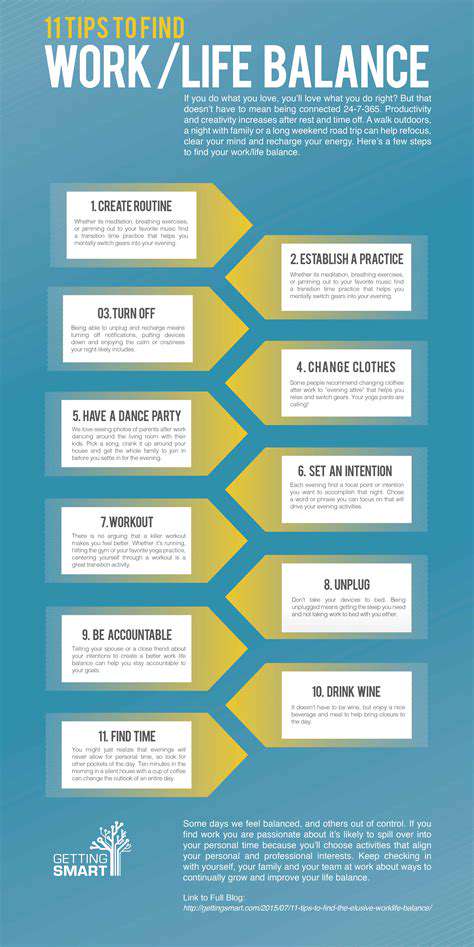
Understanding Work-Life Balance
Achieving work-life balance is not just about managing time; it involves prioritizing well-being and productivity.
In today's fast-paced world, professionals often struggle to juggle work responsibilities and personal commitments.
Recognizing the signs of imbalance is the first step towards making necessary adjustments. By becoming aware of stress levels and time management challenges, individuals can better navigate their professional and personal lives.
Strategies for Improvement
Implementing specific strategies can help in establishing a healthier work-life balance.
Setting boundaries is crucial; this means defining clear work hours and sticking to them. When the workday ends, make a conscious effort to disconnect from work-related tasks.
Another effective strategy is to prioritize tasks using a digital planner or to-do list, enabling you to focus on what is most important.
The Role of Employer Support
Employers play a vital role in fostering an environment conducive to work-life balance.
By promoting flexible work hours and remote working options, companies can alleviate some of the stress their employees face.
Employee wellness programs also contribute significantly, as they often provide resources for mental and physical health. Such initiatives demonstrate a commitment to employee well-being, which can lead to increased job satisfaction and retention.
